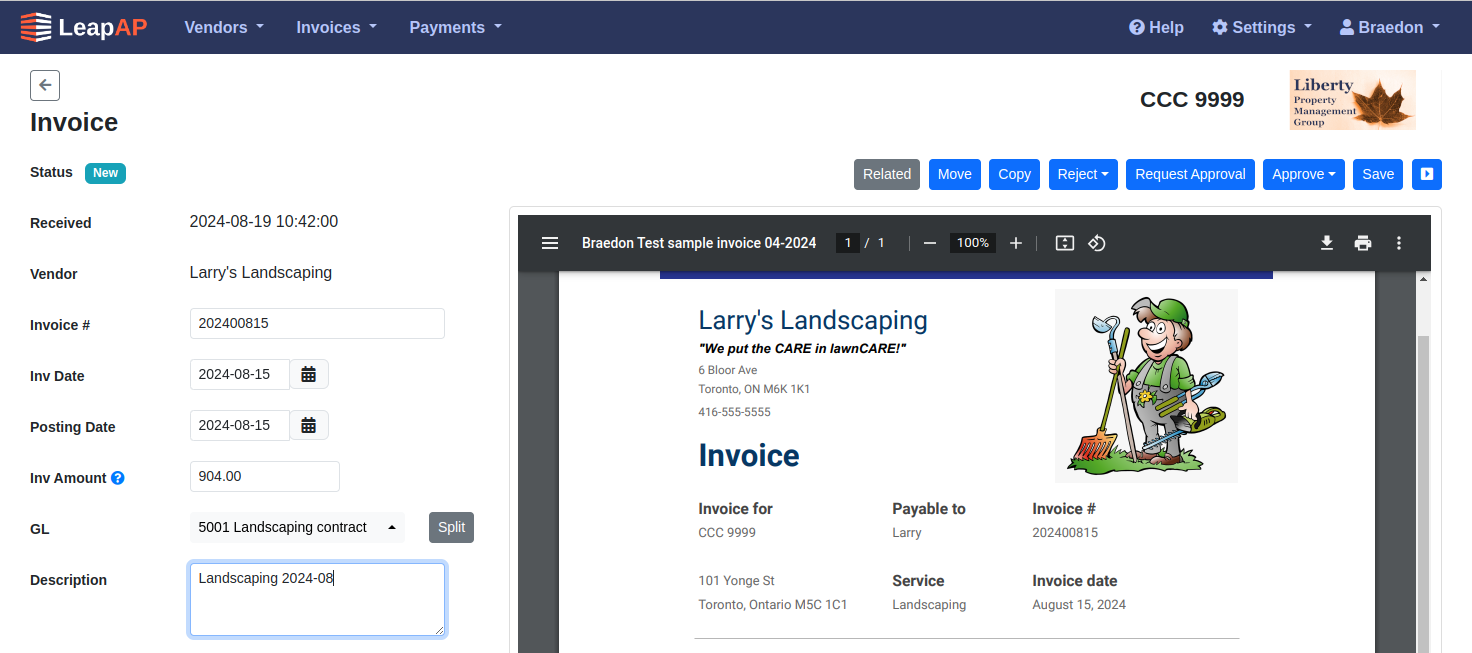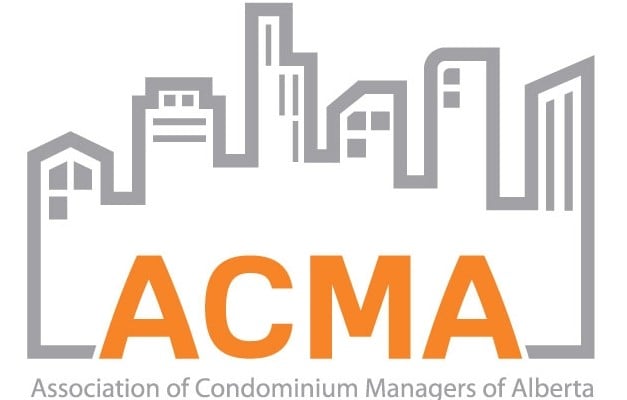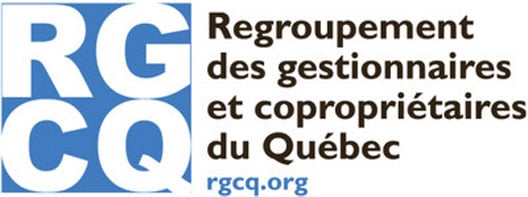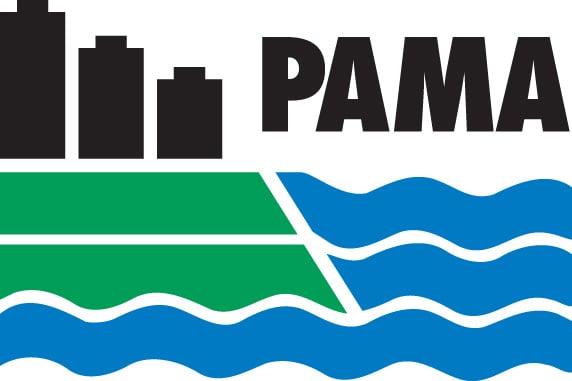It is up to each co-owner to be attentive to the signals sent by the financial statements. Here's what to watch for.
At the end of the condo corporation’s fiscal year, the income statement presents the expenses and contributions of the co-owners. It makes it possible to compare the results with the budget. As for the balance sheet, it shows a snapshot of the financial situation of the corporation’s general administration fund and its contingency fund.
The balance sheet presents three types of information:
- the property owned by the corporation (assets).
- the corporation’s debts (liabilities).
- the corporation’s equity (net assets or fund balance).
Generally, assets include cash and investments, as well as unpaid co-owner contributions. If the condo corporation also owns capital assets, such as the concierge's apartment, these capital assets are also part of the assets. Liabilities include current liabilities, such as accounts payable to suppliers and, if applicable, long-term debts. Net assets reveal whether the union has a surplus or a deficit.
Is your condominium corporation in good financial health?
The following are the two things to consider on the condo financial statement to answer this question.
Firstly, if the balance in the general fundis negative, this means that the cash flow is not sufficient to pay for current expenses. If it is found that there is insufficient cash on hand because of uncollected dues, it may be appropriate to put collection procedures in place. It could also be due to insufficient condo fees to cover expenses.
The deficit may also result from the accumulation of small annual deficits from previous fiscal years or from expenses caused by unforeseen circumstances. If contingencies do occur, care should be taken to ensure that a reserve is set aside in the budget. And that it is sufficient to deal with unforeseen circumstances. Consideration may also need to be given to increasing the contribution rate or imposing a special contribution to help finance the deficit and avoid recurring deficits. In this case, it is up to the board members to find and make a decision to remedy the situation.
In all cases, care must be taken to ensure that the contingency fund is not used to pay current expenses, a practice prohibited by the Civil Code. The contingency fund should only be used for major repairs and replacement of common parts. In addition, the sums that constitute it must be deposited in a bank account separate from that of the administration fund.
Second, the balance of the contingency fund must be analyzed. In order to ensure that the fund will be sufficient to finance the major work to be undertaken in the future. It is prudent to commission a regular independent appraisal to verify the condition of the building. In order to forecast the expenses for the repair and maintenance of the common areas. And to determine whether it is necessary to increase the share of contributions paid into it. Knowing that the minimum contributions provided for in the Civil Code are most often insufficient.
Ultimately, it is up to each corporation board of directors to be attentive to the signals sent by the financial statements.














